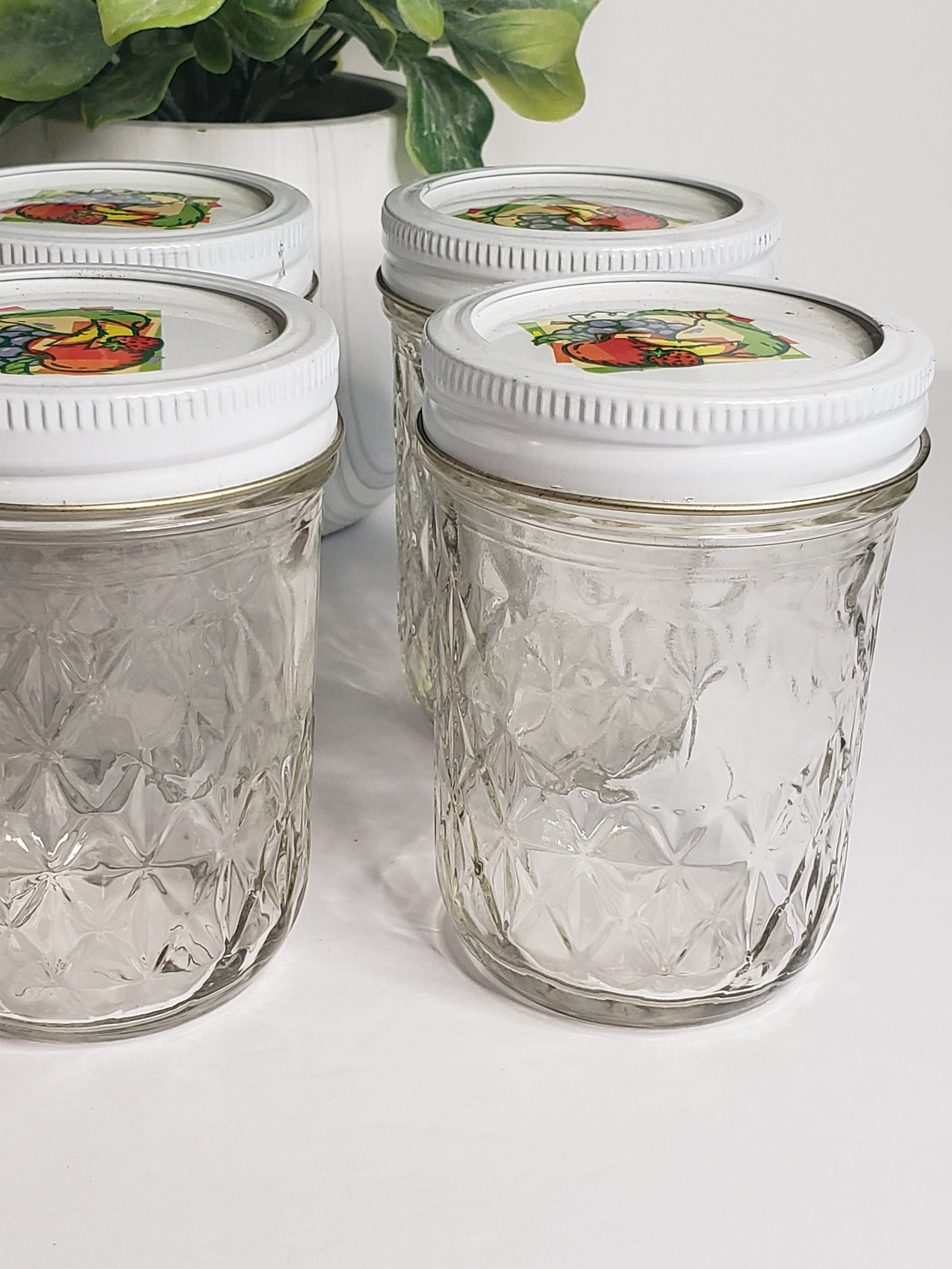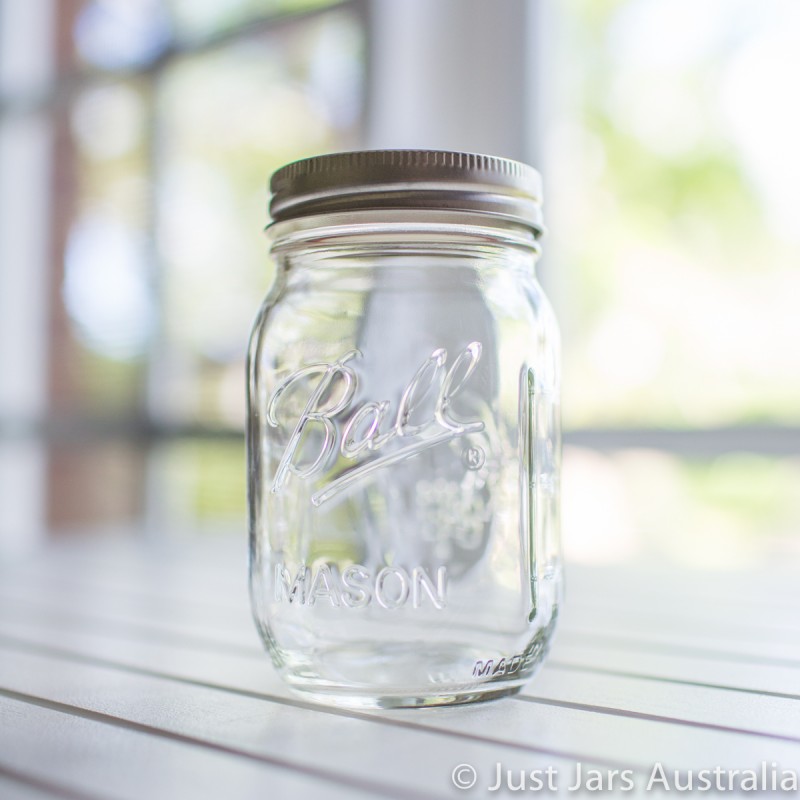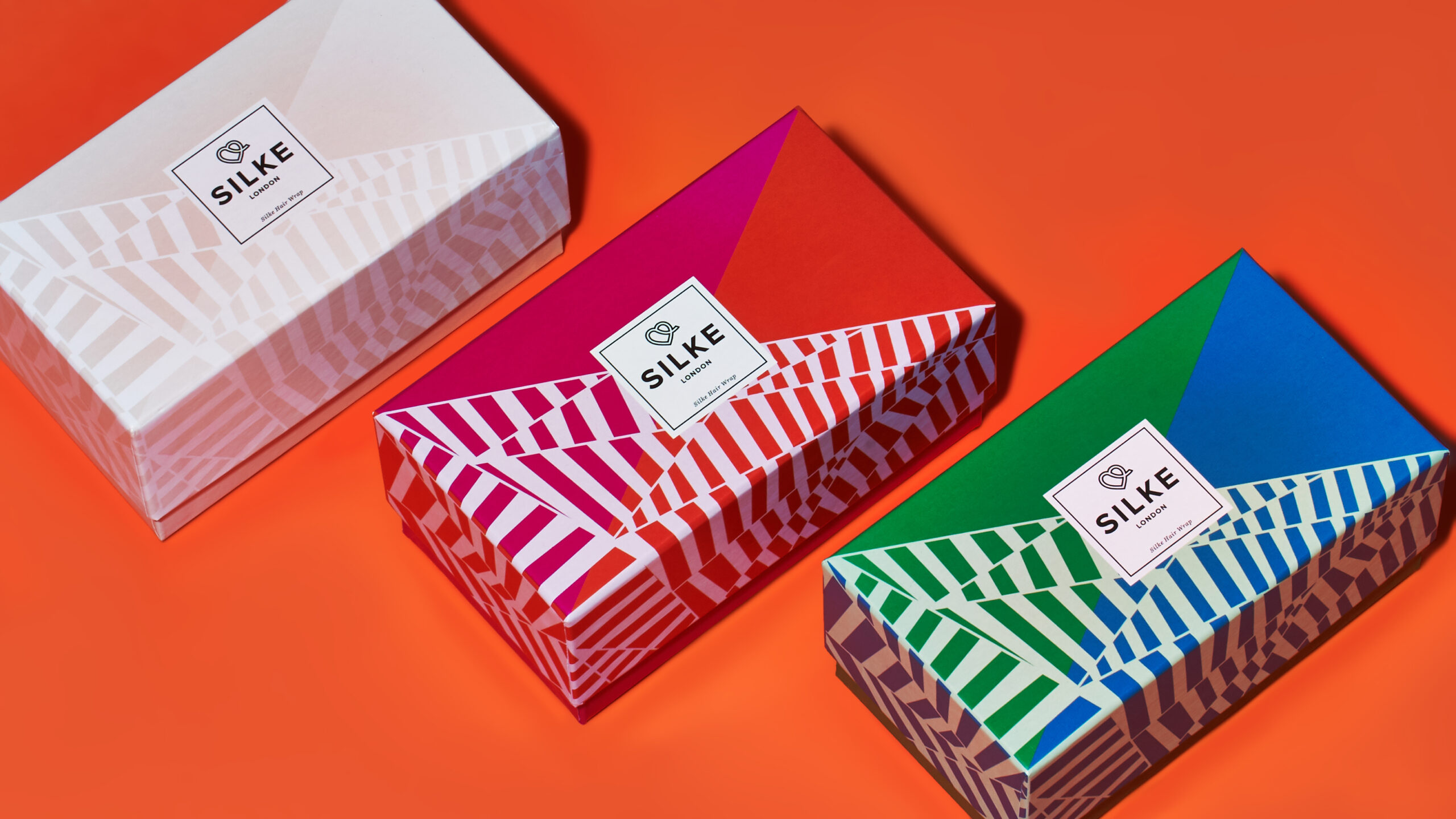Table Of Content

These jars are also known as ‘Sure Seal Jars’ and ‘Ball Eclipse Jars.’ You can identify these with the “IDEAL” text embossment. Strictly Necessary Cookie should be enabled at all times so that we can save your preferences for cookie settings. The Ardagh plant at Winchester, Indiana (where many of the new “Ball” brand jars are being made) is a former Anchor Glass Container Corporation facility that was acquired by Ardagh. 1) Although there is a mold number on the bottom (similar in “look” to the mold numbers on the originals) there is no Owens Scar on the new jars. The Owens scar was formed as part of the manufacturing process, and is a somewhat variable but generally rounded scar consisting of a thin, sharp, clearly defined “seam” or “line” that encircles part of the bottom. The seam may be somewhat “feathered” or “frayed” along the edge.
Contact Info / Notes
The 13 best meal prep containers of 2024 - NBC News
The 13 best meal prep containers of 2024.
Posted: Mon, 29 Jan 2024 08:00:00 GMT [source]
The Ball Brothers Company stopped making glass canning jars in 1996 after it sold all its glass manufacturing operations. However, its spin-off, Alltrisia, which later became a separate company named Jarden (Newell Brands), produces licensed Ball jars. Each mold was hand-cut (hand-engraved) with the lettering incised backward into the inside surface of the mold, which of course resulted in the embossing (raised lettering) which is seen on the surface of the jar. Many slight variations are seen, with the exact lettering orientation just barely noticeably different from one example to another, such as the spacing, height, width, depth of cut, of individual letters.

oz Regular Mouth Beekeeper Keepsake Ball Mason Jar - crafting, storage, canning, party favors, pint, honey
For more detailed information on Kerr’s Millville, New Jersey glass factory location, (where most of the KERR glass electrical insulators were made), please see my article on Whitall Tatum Company. Shipping policies vary, but many of our sellers offer free shipping when you purchase from them. Typically, orders of $35 USD or more (within the same shop) qualify for free standard shipping from participating Etsy sellers. Although a few square Ball jars from the late 1910s can also be found, the late 1880s and early 1900s jars were primarily round (cylindrical) in shape. Manufactured only briefly from the early 1900s to the 1910s, the Special Jars have a screw-thread shoulder seal. Ball Brothers Company began making Mason Patent Jars when John L Mason’s patent expired.
Our Company
They are commonly seen for sale on the secondary market at antique malls, farm and estate auctions, flea markets, thrift stores, rummage sales, yard/ garage sales, and on online auction sites. If you want a quick peek, you can always type in your jar’s credentials into eBay or Etsy and see if you have any that are a match. Some even have logo “misprints,” such as this Ball jar that has three Ls on the front.
pieces Personalized Mini Mason Glass Jar Favors with 50th Birthday Design Labels, Birthday Party Favors Jars 877
From handmade pieces to vintage treasures ready to be loved again, Etsy is the global marketplace for unique and creative goods. It’s also home to a whole host of one-of-a-kind items made with love and extraordinary care. While many of the items on Etsy are handmade, you’ll also find craft supplies, digital items, and more. Older Ball Mason Jars are often marked with mold numbers 0 to 15. And in some cases, you can also find the letter ‘A’ or ‘C’ with the number.
A Brief History of the Mason Jar Innovation - Smithsonian Magazine
A Brief History of the Mason Jar Innovation.
Posted: Wed, 26 Aug 2020 07:00:00 GMT [source]
Find the canning supplies you need to store fruits and vegetables in after the harvest. We offer canning jar lids that can be purchased to replace old or used canning lids. In order to conserve excess or premade food, canning jars are the most suitable option to store food.

That’s why most old Ball jars are blue or aqua, which are common and worth less. Generally, aqua Ball jars don’t fetch over $50, even for a large quart or half-gallon size. Some Ball Perfect Mason jars are found with the number “13” on the bottom. As mentioned earlier in this article, most Ball-produced jars are typically found with a mold number ranged between 0 and 15, so naturally some percentage of them will carry the number “13”. According to the stories, they threw them away, or intentionally broke them, fearing their enterprise could otherwise be met with bad luck. Sometimes the story accuses ordinary housewives of having done the same thing if they were especially superstitious.
Along with the logo, you can sometimes use the color, size, and other distinguishing marks to help date a mason jar. Kerr manufactured a line of jelly glasses over many years, including small glasses (packer jars) that look like drinking glasses, and others that are shaped more like low, rounded custard or dessert bowls. On some of the earlier ones (not sure about the timeline) a so-called “Angel over crown” logo was marked on the bottom. Later variants of those types of jars may bear only a mold number, or the brand name “Kerr” in cursive lettering along with a mold number. Some dedicated and experienced antique jar collectors will say they think the number 13 jars are just as common as jars as those with other numbers. There is a definitely noticeable difference in the numbers of #13-marked jars compared to the other numbers — they ARE somewhat less common.
Ball Corporation’s most popular canning jars, Perfect Mason Jars, have a distinctive shoulder and screw-thread zinc lid for an airtight seal. These jars display “PERFECT MASON” embossment below the Ball logo. It may take a while before exact duplicates are found – that is, finding two jars that were both made from one individual, specific mold. Ball jars from specific decades have their own unique logo, and they’re all worth something different. Businessman and entrepreneur Alexander Hewitt Kerr (September 4, 1862 – February 9, 1925) organized this company in Portland, Oregon in 1903 under the name Hermetic Fruit Jar Company. The official name was changed in 1904 to Kerr Glass Manufacturing Company.
Do you have a collection of vintage Ball Mason jars in your kitchen or store room? Well, it’s time you brought them out because, according to recent research, they can be worth as much as a few hundred dollars. It seems evident that many of these jars are now saved by non-collectors or casual glass collectors (and “culled” from large groups of common jars) merely because of the number on the base. This culling out of #13 jars from among the “general population” of jars (and stashing them away) has certainly increased the perception of their scarcity. Also, it seems evident that the mold numbers 12 through 15 are ALL somewhat scarcer than mold numbers 0 through 11. This is presumably because fewer molds were produced with the mold numbers 12 through 15 — thus fewer total jars made.
Also, there were a number of variations in the way the Ball name logo was written, those changes occurring several times over the space of several decades. When John Mason’s Mason jar patent was about to retire, Ball Brothers Manufacturing Company started making mason jars in 1884, continuing until 1993. During this time, BBMC first became Ball Brothers Company and later Ball Corporation. However, identifying and finding the price of old Ball mason jars can be tricky without knowing much about their logo markings, age, designs, and closures. Not to mention their appeal as a collector’s item which is virtually guaranteed because of the great popularity of the older jars .
The bubbly appearance of the glass is reminiscent of some glass decor items that have been imported to the US from such countries as Mexico, Spain and China. No one seems to know where these repro half-pints were made, but it is assumed they were made outside the US, possibly in China or India. Usually, the automatic jar-making machine had eight or ten mold cavities or “positions” for the molds. A set of molds included numbers above “10” as the higher-numbered molds were typically used as replacements on the machine. Most of the earlier versions were round (cylindrical) in shape, and some of the later types are square (with rounded corners) in design. Some variants have vertical raised lines (“ribs” or “grips”) along the sides, added to assist in handling the jars while they are wet.
The Kerr company is best known for being producers of several kinds of fruit jars used for home canning. CO” embossed on the bottom, and in general those jars probably date mostly from about 1904 to circa 1920. Ball mason jars are a type of home canning jar made by the Ball Corporation. The company started making mason jars back in 1880, and many people today still use these for canning, or collect the jars as a hobby. There are many ways to date old Ball mason jars, and one of the easiest is to look at the logo.

No comments:
Post a Comment